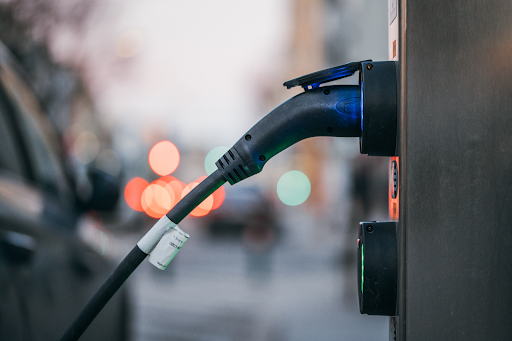UK car buyers are navigating a complex choice, balancing the immediate pressure of the cost of living against the long-term cost of carbon, a dynamic starkly illustrated by September’s car sales data. A government grant has temporarily tilted the scales, but the underlying tension between household budgets and environmental goals remains.
The surge in electric vehicle sales—with pure EVs up by nearly a third—shows that many consumers are eager to reduce their carbon footprint. When the financial barrier is lowered by a subsidy, the desire for cleaner transport is clearly unleashed. This suggests that the “cost of carbon” is a real consideration for a growing number of people.
However, the fact that this surge was so dependent on a grant, and that the overall car market is still below pre-pandemic levels, highlights the powerful influence of the cost of living. For many, the high upfront price of an EV is simply unaffordable without assistance, forcing them to stick with more polluting but cheaper alternatives. The subsidy has not solved this problem, but merely papered over it for 400,000 buyers.
The popularity of plug-in hybrids, up 56%, is another symptom of this balancing act. These vehicles offer a compromise, allowing drivers to reduce their daily emissions (cost of carbon) while providing the security of a petrol engine, which can be perceived as a safer financial bet than going all-in on a pure EV (cost of living).
September’s results were a win for the environment, but one that was bought with taxpayer money. The fundamental conflict for the average buyer remains. The ultimate success of the UK’s green transition will depend not on temporary grants, but on a market where the clean choice is also the easy and affordable choice for everyone.

